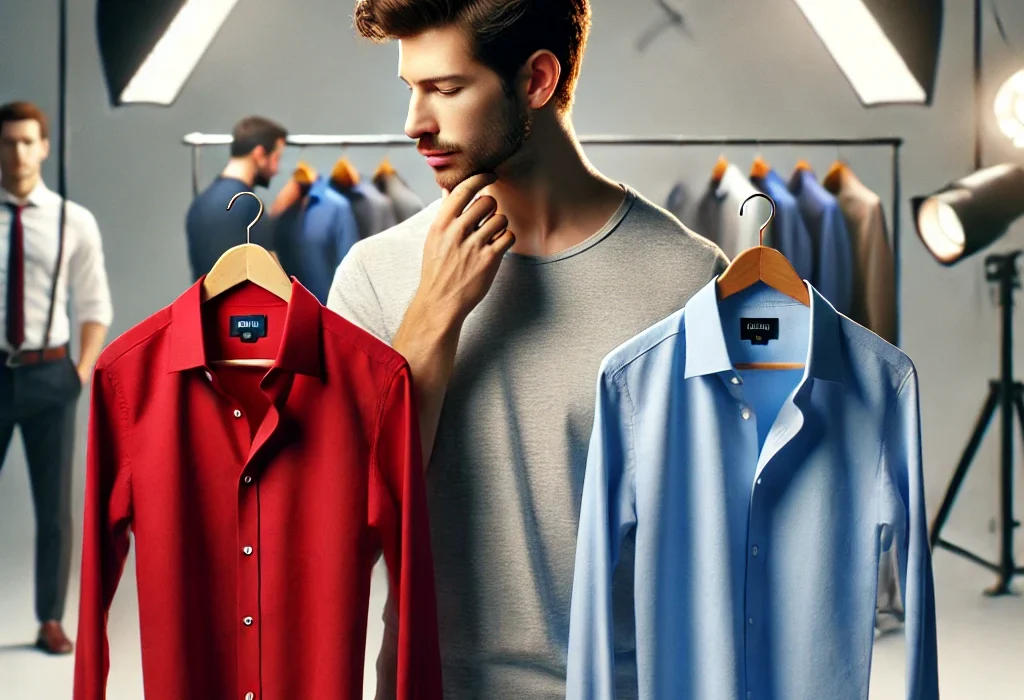The Power of Color in Actor Headshots: Making Every Role Within Reach
In the world of acting, first impressions are everything. Before you even step into the audition room, your headshot is the first glimpse casting directors have of you. It’s your calling card, your personal brand, and it can either open doors or leave you stuck in the waiting room. But what many actors overlook is the powerful role that color plays in their headshots.
Why Color Matters in Headshots
Color is more than just a backdrop or an outfit choice—it’s a tool that can shape perceptions, evoke emotions, and influence the types of roles you’re considered for. The colors you choose to wear in your headshot can accentuate your natural features, highlight your personality, and subtly suggest the kinds of characters you’re best suited to play.
- Warm Colors (Red, Orange, Yellow): These colors exude energy, confidence, and warmth. A red shirt or background can make you appear more passionate, intense, or authoritative—perfect for roles like a fiery lawyer, a strong-willed detective, or a dynamic CEO.
- Cool Colors (Blue, Green, Purple): Cool tones often convey calmness, intelligence, and approachability. Wearing blue can make you seem more trustworthy and grounded, ideal for roles like a caring doctor, a thoughtful teacher, or a reliable friend.
- Neutral Colors (Black, White, Gray, Brown): Neutrals are versatile and timeless. They allow your face to be the focal point and can suggest a wide range of roles—from a sophisticated business professional to a mysterious villain. Black can add an air of sophistication or danger, while white can convey purity and simplicity.
Matching Color with Role Types
The goal of a headshot isn’t just to make you look good—it’s to make you look right for the roles you want to book. By carefully selecting the colors you wear, you can subtly influence how casting directors see you and the types of characters they envision you portraying.
- Heroic or Lead Roles: Opt for bold, strong colors like deep reds or rich blues that convey leadership, courage, and confidence.
- Romantic Leads: Soft, warm tones like pastels or light pinks can evoke a sense of vulnerability and warmth, perfect for romantic roles.
- Comedy Roles: Bright, playful colors like yellow or light green can make you appear more fun, approachable, and ready to bring the laughter.
- Dramatic or Intense Roles: Darker shades like black, navy, or deep burgundy can suggest depth, seriousness, and complexity, ideal for intense dramas.
The Right Background Matters Too
The background of your headshot is just as important as what you wear. A complementary background color can make your features pop and ensure that your face remains the focus. For instance, a gray or neutral background is versatile and can work with almost any outfit color, providing a clean, professional look. On the other hand, a colored background can add an extra layer of personality and help you stand out—just be sure it doesn’t overshadow you.
Bringing It All Together
When you work with a photographer who understands the importance of color, you can create a headshot that not only looks great but also tells a story. It’s about more than just capturing your likeness—it’s about capturing your potential, your range, and your unique essence as an actor.
Your headshot is your ticket to being seen for the roles you’re meant to play. By thoughtfully choosing your colors, you can ensure that every casting director who sees your headshot will have a clear sense of who you are and what you bring to the table.


